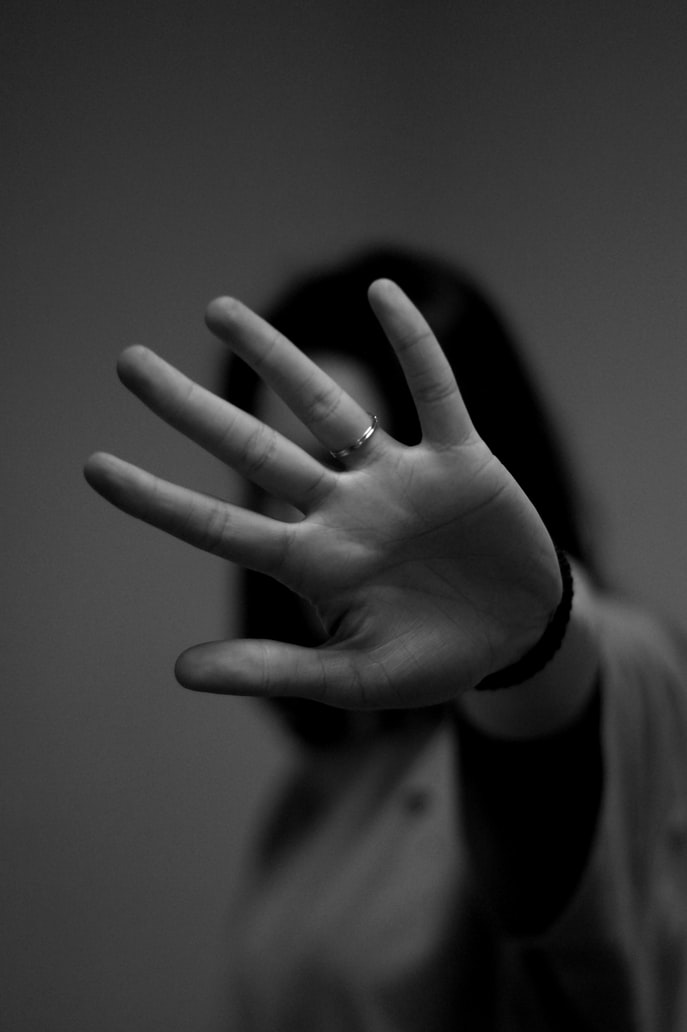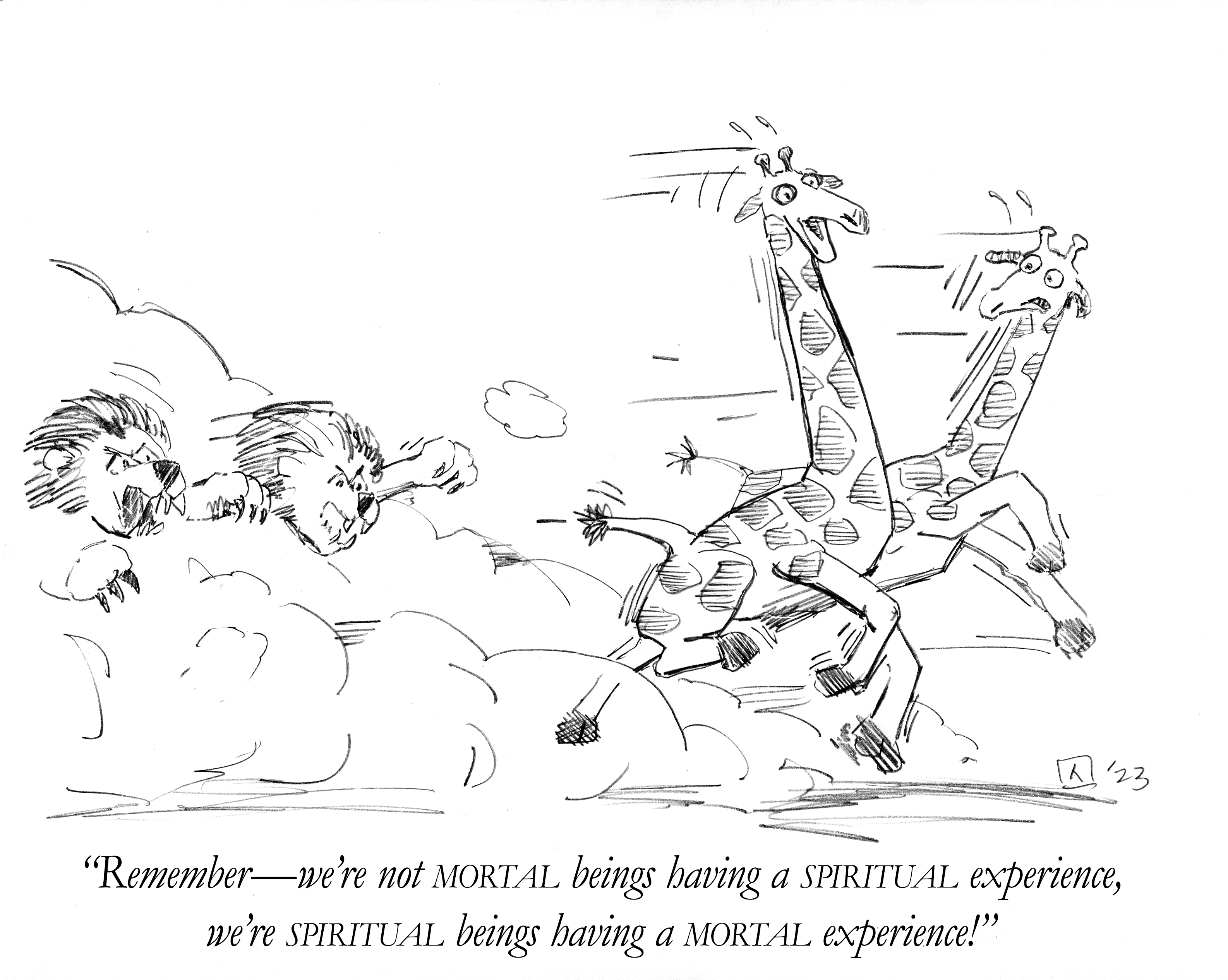In 1961, a group of clergymen in Jackson, Mississippi, began what they called a “prayer pilgrimage.” Their goal was to promote racial integration. The members of the group were both white and black.
They determined that their next action was to go together to a segregated bus terminal waiting room. There, they would kneel together and pray.
When they arrived, there were a few other people waiting for busses. The group walked into the waiting room and knelt. Police officers were called and arrested the black clergy.
Soon after, the Supreme Court found that the law cited in the arrest of the clergy was unconstitutional. The arrested clergy, now released, sued the police officers under a U.S. law that made it illegal to deprive anyone of their constitutional rights.
The case of the clergy, Pierson v. Ray, eventually made its way to the Supreme Court. There the Supreme Court created a new legal principle, “qualified immunity.” Qualified immunity prevents lawsuits in instances where officers act based on their current understanding of the law.
Immunity has long been an important legal principle to promote certain social goals that may be more important than the law in limited circumstances. For example, diplomatic immunity helps to promote relationships between countries by ensuring that diplomats from one country to another will not be prosecuted for crimes they are not aware of. Witness immunity is an important tool for law enforcement to get witnesses to crimes to cooperate by ensuring they can not be prosecuted based on their testimony.
Similarly, as originally intended, qualified immunity allows police officers to do their jobs.
In the case of the black clergy, the Supreme Court reasoned that the police officers who arrested the clergymen should not have to predict that the laws they were enforcing would be found unconstitutional years later. So while the courts would ultimately agree that the civil rights of those arrested clergymen were violated, the officers shouldn’t be held responsible for violating those rights because they were acting based on their best understanding of the current law.
With this backdrop, calls to end qualified immunity may seem like a needless attack against police officers. But while the qualified immunity principle first imagined by the Supreme Court feels like a common-sense protection, the qualified immunity of today is very different.
Forty-nine years after that case in Mississippi, Laszlo Latits was pulled over by police for making an illegal turn. They saw bags in his car, and one officer pulled his gun on Latits at point-blank range suspecting drugs. Latits then drove away from the scene. The officers began to pursue. They were directly ordered not to make contact with his vehicle but violated orders by ramming his car repeatedly.
The officers ran Latits off the road and surrounded the car on three sides. He put the vehicle into reverse, and an officer shot him in the chest three times.
Laszlo Latits’ widow sued the responsible officers. There was no question that the officer shot and killed Latits. There was no question that it was illegal to shoot and kill Latits as he was fleeing.
And yet the Sixth Circuit Court of Appeals ruled in the officer’s favor. How? Qualified immunity.
The court reasoned that because no cases had previously found that it was illegal to shoot and kill a suspect that was fleeing after ramming the suspect’s vehicle, the circumstances were unique enough that the officer could not have been expected to predict that his behavior would be illegal in this situation.
In his dissent, Eric L. Clay wrote, “Every case is distinguishable from every other. But the degree of factual similarity that the majority’s approach requires is probably impossible for any plaintiff to meet.” And Clay’s words can be seen in action. A Reuters study found that courts have increasingly sided with police over victims in qualified immunity cases over the last decade.
What seemed like a common-sense approach fifty years ago to prevent officers from having to predict what the Supreme Court would decide has evolved into a heavy thumb on the scales of justice.
In a joint op-ed between leaders of the NAACP and The Church of Jesus Christ of Latter-day Saints, these voices of faith assert:
The wheels of justice should move fairly for all. Jesus of Nazareth came that we might have life, and have it “more abundantly.” We should follow His example and seek for an abundant life for all God’s children. This includes protecting our brothers and sisters who have been wronged and bringing to justice those who have taken life or broken the law, thus robbing others of an abundant life.
Perhaps this is one opportunity to improve fairness in our legal proceedings. As Ninth Circuit Judge Stephen Reinhardt wrote in the Michigan Law Review, “qualified immunity created such powerful shields for law enforcement that people whose rights are violated, even in egregious ways, often lack any means of enforcing those rights.”
And while qualified immunity primarily lives in the courtroom, its effects find their way into the field, affecting the kinds of decisions that police officers make.
Clark Neily, writing for the Cato Institute, explains:
“Qualified immunity sends police officers false signals about the constitutionality of their actions. Think about it from a cop’s perspective: The law says I’m liable for the deprivation of any right; this guy sued me for violating his rights, but the judge tossed the case; ergo, I must not have violated any of his rights. That is a grave mistake for one officer to make in a single case; the consequences when countless officers commit the same fallacy in hundreds of qualified immunity cases across the nation are horrendous.”
And given the documented inequities of law enforcement in relation to the African American community, qualified immunity disproportionately works as a cudgel against African Americans.
So while many protests and frustrations take a broad look at racism in policing, the specific doctrine of qualified immunity exacerbates and institutionalizes those biases.
As the events of the last week have shown, the frustration with this imbalance has reached a tipping point.
Jay Schweikert, who has a J.D. from Harvard law school and is a member of the conservative Federalist Society, has made it his mission to dismantle qualified immunity. His blog “Unlawful Shield” details the ongoing progress in rethinking this doctrine. He recently wrote, “I fear I may have become trapped in a time loop, in which every week I am doomed to write the same blog post about how the Supreme Court has delayed consideration of its qualified immunity docket.” This delay likely proves frustrating for those looking for change.
But in some respects, this current moment provides an opportunity for improvement.
The Supreme Court has currently scheduled three different cases that directly ask the Supreme Court to reconsider qualified immunity. And while consideration of those cases has been delayed, decisions on when to consider them will come.
And as the New York Times pointed out, support for rethinking qualified immunity is coming from interesting sides of the court, with both Clarence Thomas and Sonia Sotomayer expressing desires in the last five years to revisit the doctrine.
Meanwhile, the legal foundations for qualified immunity are increasingly coming under question. A 2018 paper published in the California Law Review argues that the principle upon which the Supreme Court originally based qualified immunity may not have as strong a historical basis as they believed at the time, calling the existence of the entire principle into question.
And while removing qualified immunity may feel like an attack on police departments and officers, Joanna C. Schwartz has found that many of the protections the Supreme Court has hoped qualified immunity would give wouldn’t actually be harmed by pairing the principle back.
For example, the Supreme Court had hoped that qualified immunity would prevent police departments from having to go through the substantial efforts of preparing documents and getting ready for court in the cases of these lawsuits. But in a study she published for the Yale Law Journal, she found removing qualified immunity wouldn’t increase the burden of trial preparation at all.
The other major concern for officers is the personal financial burden. But in an earlier paper for the NYU Law Review, Schwartz found that the large majority of police departments indemnify their officers, and in the rare cases where they don’t, and qualified immunity does not apply, actual officers pay very little themselves—less than .02% of settlements. Suggesting that the removal of qualified immunity would not significantly harm police officers financially.
To be sure, the concerns that prompted the original finding of qualified immunity still exist. We should not expect police officers to be able to predict changes in constitutional law in order to do their job. But I would argue this principle can be considerably narrowed back to its original intention, providing crucial accountability without substantially burdening police officers or departments.
This would not strip police of reasonable legal protections important to the role they play but would appropriately adjust the law to ensure unreasonable and excessive protections don’t exist.
For those looking to renew public trust in law enforcement, this provides an opportunity to take a measured, wise step. And for those looking for a way to focus their generalized frustration about policing and race, the Supreme Court’s current consideration of one of the major doctrines contributing to the current imbalance in policing may provide a unique opportunity.
Chief Justice John Roberts has proven to be a pragmatic and political leader of the court. Many critics have suggested that in high-profile cases, his rulings have been based as much on political expediency as legal reasoning. That means, perhaps more than in recent memory, the Supreme Court is susceptible to the kind of vocal political agitation that we are seeing.
Our more than fifty-year experiment with qualified immunity is failing. The Supreme Court’s doctrine has evolved into something far beyond what it was originally intended. This doctrine has allowed a culture to evolve that regularly results in deep injustices.
And when it comes to legal steps to promote more fairness in our legal processes, this may be a new opportunity to do just that as ideology, law, and activism converge around qualified immunity.

















